12 National Parks That Are Best Explored In The Off-Season
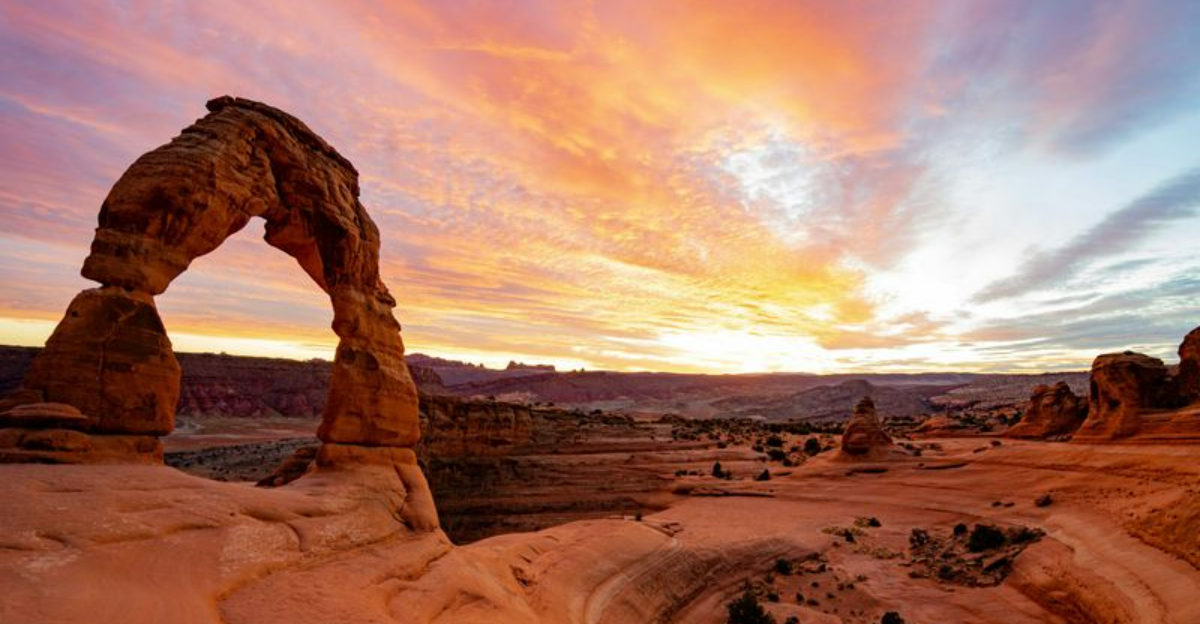
Imagine wandering through America’s most breathtaking landscapes without fighting crowds or hunting for parking. That’s the magic of visiting national parks during their quieter months.
While summer brings throngs of visitors to these natural wonders, the off-season reveals their true character – peaceful trails, abundant wildlife, and unique seasonal phenomena that many travelers miss. I’ve discovered these 12 parks shine brightest when most tourists have gone home.
1. Yosemite Without The Crowds
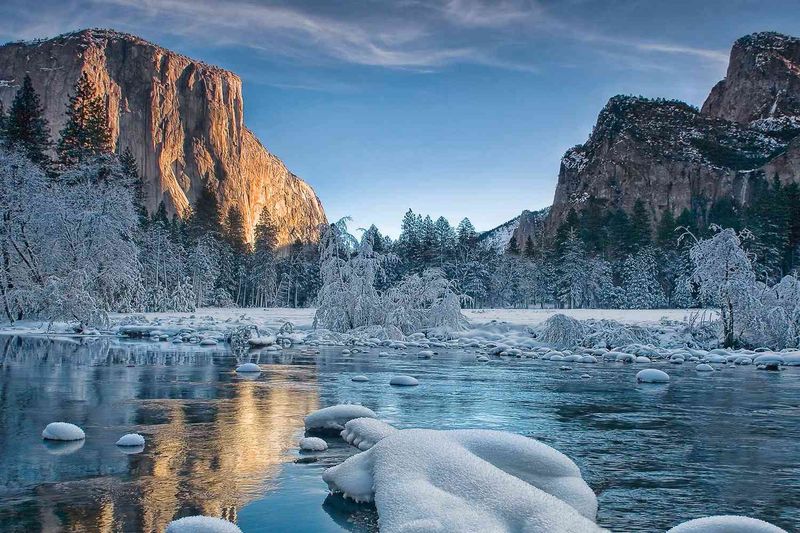
Winter transforms this California gem into a snow-dusted wonderland where waterfalls freeze into glittering ice sculptures. You’ll practically have those famous granite formations all to yourself from November through March.
The valley floor becomes a peaceful haven for photographers seeking perfect reflections in the Merced River without dozens of people in every shot. Wildlife viewing improves too – I’ve spotted more deer, coyotes and even bobcats during these quieter months.
2. Zion’s Colorful Fall Transformation
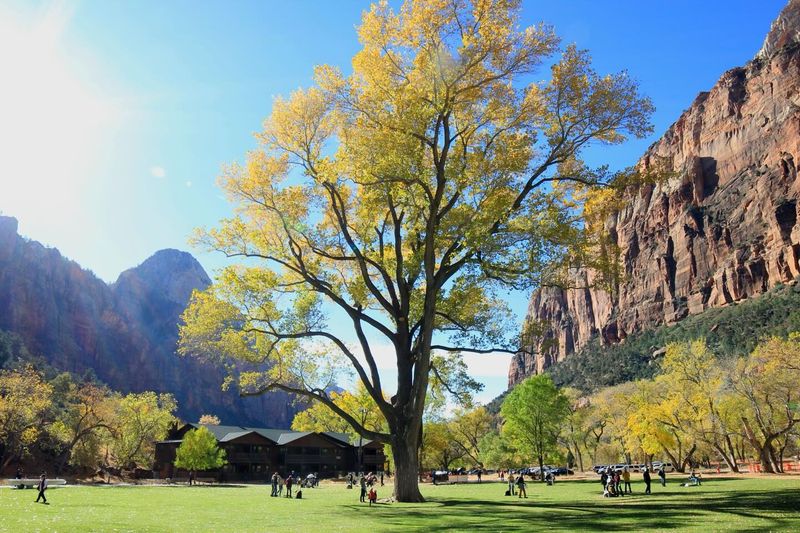
Have you ever seen Zion’s towering red cliffs contrasted against vibrant yellow cottonwoods? Fall brings this spectacular color show, plus temperatures perfect for hiking those challenging trails that would be dangerously hot in summer.
From late September through November, shuttle buses run with plenty of seats, and you won’t wait in line for popular hikes like Angels Landing. The Virgin River flows gently, making The Narrows more accessible and enjoyable without summer’s flash flood risks.
3. Grand Canyon’s Winter Solitude
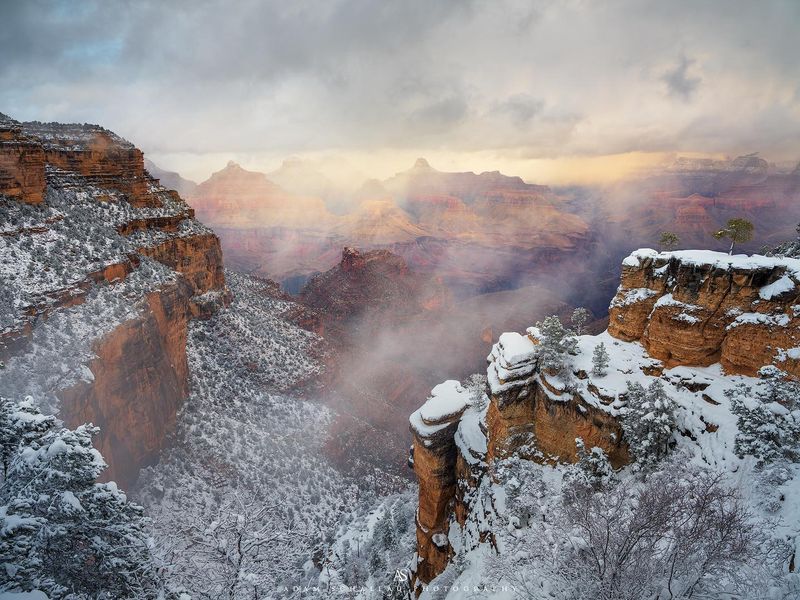
Nothing compares to standing alone at a Grand Canyon viewpoint, watching snow dust the multi-colored layers of ancient rock. The South Rim stays open year-round but sees a fraction of visitors during winter months.
December through February offers crystal-clear air that dramatically improves visibility across the canyon. Photographers love the softer winter light that brings out subtle colors in the rock formations.
Hiking into the canyon becomes more comfortable too, without summer’s dangerous 100°F+ temperatures that send unprepared hikers to emergency rooms.
4. Acadia’s Spectacular Fall Colors
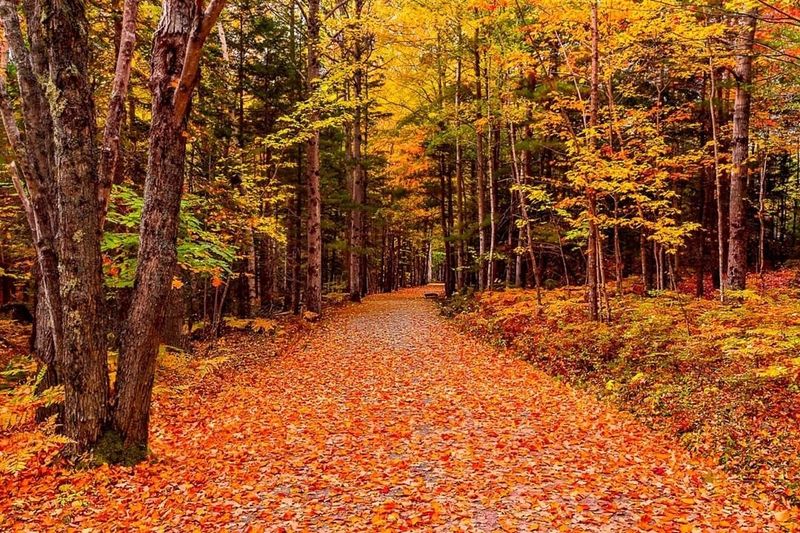
Maine’s coastal gem explodes with fiery colors in autumn when cruise ships have departed and summer crowds vanish. The park’s famous carriage roads become peaceful pathways through tunnels of red and gold foliage from late September through mid-October.
Mornings often bring a mystical fog that rolls in from the Atlantic, creating ethereal scenes as it drifts through colorful forests. Bar Harbor’s restaurants and shops remain open but without summer’s long waits. You might even score oceanfront accommodations at half the peak-season price while enjoying perfect hiking weather.
5. Death Valley’s Pleasant Winter

Winter transforms the hottest place on Earth into a comfortable hiking paradise. From November through March, daytime temperatures hover in the perfect 60-70°F range instead of the lethal 120°F+ summer heat.
The low winter sun creates dramatic shadows across the dunes and badlands that photographers chase for perfect shots. Star-gazing reaches peak perfection in the crisp, clear desert air. You might even witness rare desert blooms after winter rains bring a splash of color to this seemingly barren landscape.
6. Olympic’s Moody Winter Coastline
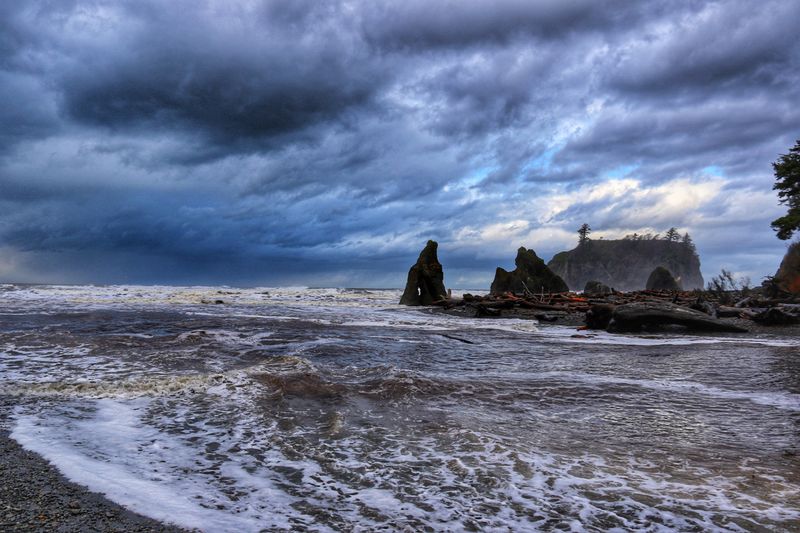
Winter storms transform Olympic’s beaches into treasure troves for beachcombers. Massive driftwood sculptures appear overnight as powerful Pacific waves reshape the shoreline from November through February.
The famous rainforests drip with intensified green moss under frequent gentle rains. You’ll likely have the atmospheric Hoh Rainforest trails completely to yourself on weekdays. Wildlife viewing improves dramatically – Roosevelt elk venture closer to roads, and bald eagles gather in record numbers along rivers to feast on salmon.
7. Arches Without Summer Heat

Spring and fall transform this red rock wonderland into a comfortable playground for hikers and photographers. March-May and September-October bring perfect 60-75°F temperatures instead of summer’s brutal triple-digit heat that makes midday hiking dangerous.
Morning light creates the most magical glow on the sandstone arches during these seasons. Delicate Arch – that famous symbol on Utah license plates – often stands gloriously unoccupied during sunrise in April. You’ll also find parking at popular trailheads without circling for an hour like summer visitors must.
8. Yellowstone’s Winter Wonderland
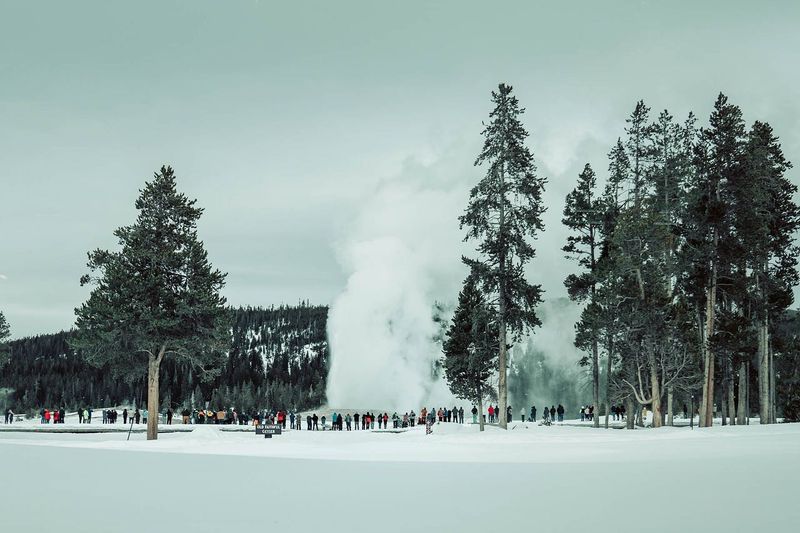
Witnessing Old Faithful erupt through clouds of steam against a snowy backdrop feels like stepping into another world. Winter transforms America’s first national park into an exclusive experience with only a fraction of summer’s 4 million visitors.
Wolves, bison and elk become easier to spot against the white landscape from December through March. Thermal features appear more dramatic as freezing air amplifies their steam. Access requires snowcoaches or snowmobiles, creating a true wilderness adventure that summer visitors simply can’t experience.
9. Great Smoky Mountains’ Spring Wildflowers

April and May bring an explosion of wildflowers to America’s most visited national park – before summer crowds arrive. Over 1,500 flowering plant species create colorful carpets along quiet trails when you visit during these magical spring months.
Morning fog drifts through the valleys creating the “smoky” effect that named these ancient mountains. Waterfalls reach peak flow from spring rains, and newly leafed trees create a vibrant green canopy. You’ll find peaceful moments even on popular trails like Alum Cave that become human highways by June.
10. Joshua Tree’s Perfect Spring Nights

March brings the desert to life with wildflower blooms and perfect stargazing conditions. This California park’s unique rock formations and twisted Joshua trees create otherworldly silhouettes against some of America’s darkest night skies.
Daytime temperatures hover in the comfortable 70s instead of summer’s dangerous triple digits. Rock climbers particularly love this season when the granite holds aren’t too hot to touch. Campgrounds still have available spots midweek – a stark contrast to the impossible summer reservations that book months in advance.
11. Glacier’s Autumn Transformation
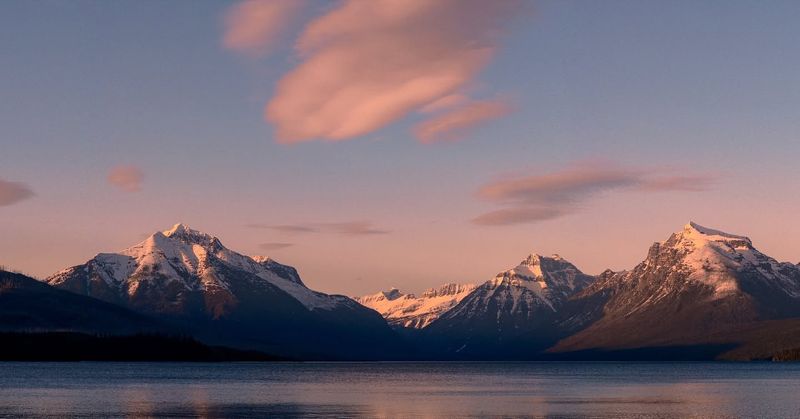
September brings golden aspen groves and emptier trails to this Montana wilderness. The famous Going-to-the-Sun Road remains open but without summer’s bumper-to-bumper traffic that can turn a scenic drive into a frustrating crawl.
Wildlife becomes more active as they prepare for winter – I’ve spotted more bears, mountain goats and bighorn sheep during fall visits than any summer trip. Lake McDonald’s shores offer peaceful solitude for watching the changing light on mountain reflections. Plus, nearby lodging prices drop dramatically while the weather still offers perfect hiking days.
12. Everglades’ Perfect Winter Season
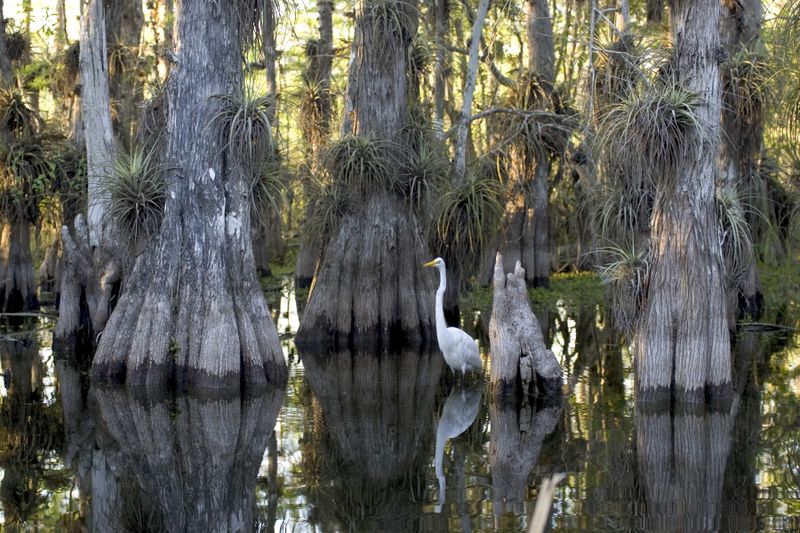
December through April transforms Florida’s river of grass into a wildlife viewing paradise. The notorious mosquitoes vanish, humidity drops to comfortable levels, and water levels concentrate wildlife around remaining water sources.
Alligators, manatees, and an astonishing variety of birds become easier to spot during these dry season months. Hiking trails that would be underwater or insect-infested in summer become accessible and enjoyable. Even better, you’ll experience pleasant 70-80°F temperatures instead of summer’s sweltering heat that sends most visitors running for air-conditioned visitor centers.
